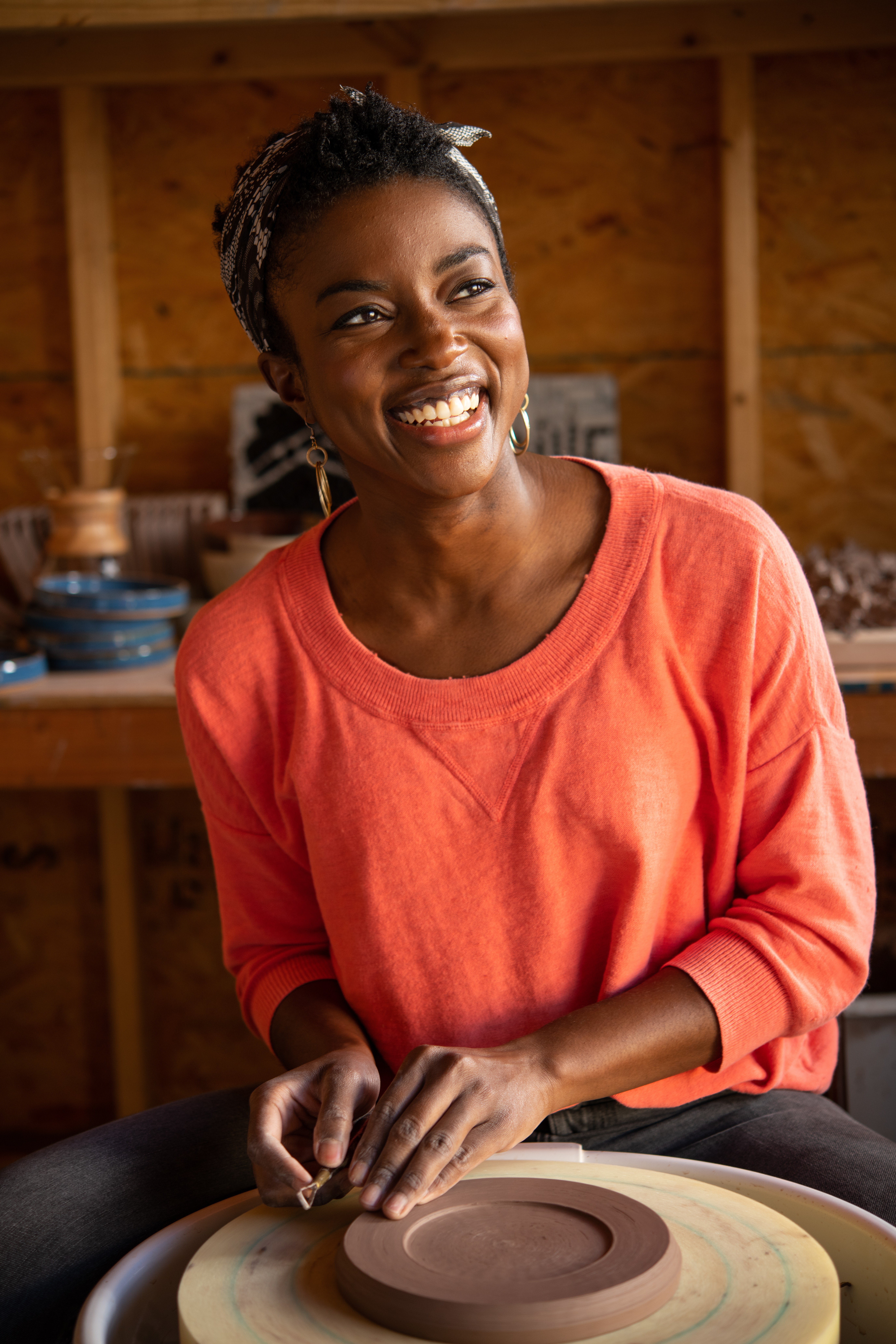We caught up with the brilliant and insightful Camille Beckles a few weeks ago and have shared our conversation below.
Hi Camille, thanks for joining us today. Can you talk to us about a project that’s meant a lot to you?
Philosophically, I have lately been inspired by the concept of leaving one’s mark, and of pottery as protest. Two recent experiences have challenged me in these concepts, specifically in the ways that my work might speak for itself, even if there is no evidence of my signature to be found.
The first was “Hear Me Now: the Potters of Old Edgefield, SC” at the Metropolitan Museum of Art in New York City. (The exhibit has since traveled to Boston and to Michigan.) I was invited to teach a workshop at the Met in conjunction with the exhibit, where I was fortunate enough to see David Drake’s massive vessels and profound inscriptions up close. Three things struck me about the vessels. First, they were fit for purpose (some of the jugs still smelled sweetly of the liquids they used to hold hundreds of years ago). Second, they were beautiful – expertly made in size and proportion. And third, even without seeing Dave’s signature, it was immediately obvious which pots were his based on the properties of the vessel – their size, shape, the quality of the handles, all pointed to his craftsmanship. That many of his pots are inscribed further contrasted his work against the other pots in the exhibit. The act of inscribing was inherently an act of protest, given that slaves were not allowed to read or write, yet he wrote his verses plainly on the exterior of his vessels. In contrast, the other vessels in the exhibit were nameless, either unsigned by their makers, or else signed by the white owners of the potteries where those makers were forced to work. This whole experience left me to wonder: how can I leave my mark behind, even if my pieces never have my name? How can I make sure that my voice and my style are intrinsically evident in the forms that I make?
My second formative experience was with Queen City, a monumental work in Arlington, VA that commemorates the community of black people who were displaced when their neighborhood was seized through eminent domain to make room for the Pentagon. This memorial was conceived of by the artist Nekisha Durrett. The permanent installation contains 903 handmade ceramic teardrop vessels to commemorate the 903 people whose lives were interrupted, silenced by racist and unjust systems all those years ago. I contributed 70 handmade pieces to this monument alongside 18 other ceramicists. While we were each commissioned according to the same specs to achieve uniformity with our pieces, our final products still had touches of our own individual styles. This again raised the question: what makes my work stand apart? What about my style lets viewers know that it is mine? And what is my work trying to say?
These big questions are what continue to drive me forward into new phases of making. With each new texture, form, and glaze experiment, I am trying to move closer to having an answer.
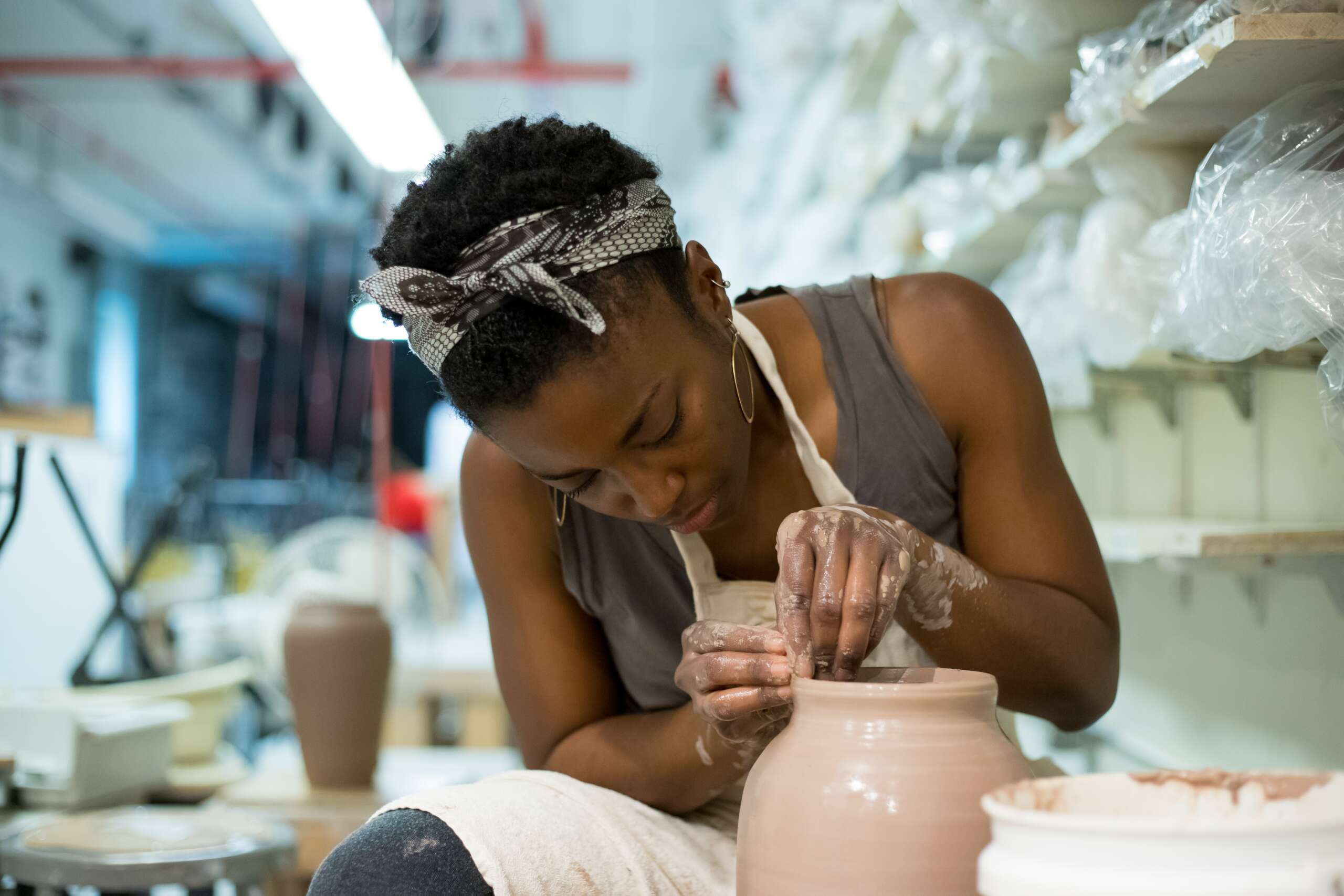

As always, we appreciate you sharing your insights and we’ve got a few more questions for you, but before we get to all of that can you take a minute to introduce yourself and give our readers some of your back background and context?
Camille at the Wheel is a collection of handmade, wheel-thrown ceramics with a bent towards beautiful utility. I love a cup that fits nicely in the hand, a bowl that holds just the right amount of popcorn, a mug that is the perfect size for a healthy serving of tea. I hope that my work brings you joy and usefulness, in equal measure.
I throw with red stoneware, which I then texture by hand, usually through carving. I choose not to measure patterns as I carve. Actively selecting each stroke keeps me engaged in the moment. The resulting contrast between the perfect circle of a wheel-thrown object against my orderly but inexact markings represents my conversation between established forms and how I can find something new and surprising within them. My satiny, muted glazes create a sense of softness. Their smoothness offsets the sharper edges from carvings and textures. The result is a practical, recognizable form with details that gently demand a user’s attention, elevating their daily rituals.
I practice pottery at a shared studio in New York City. I love this art form because it is a chance to make something out of nothing, and the learning opportunities are endless. Plus, for a perfectionist like me, it’s an important reminder to take nothing too seriously, hold on to nothing too tightly, and to occasionally let one’s senses take the lead over one’s brain. At the end of the day, it’s just mud, after all.
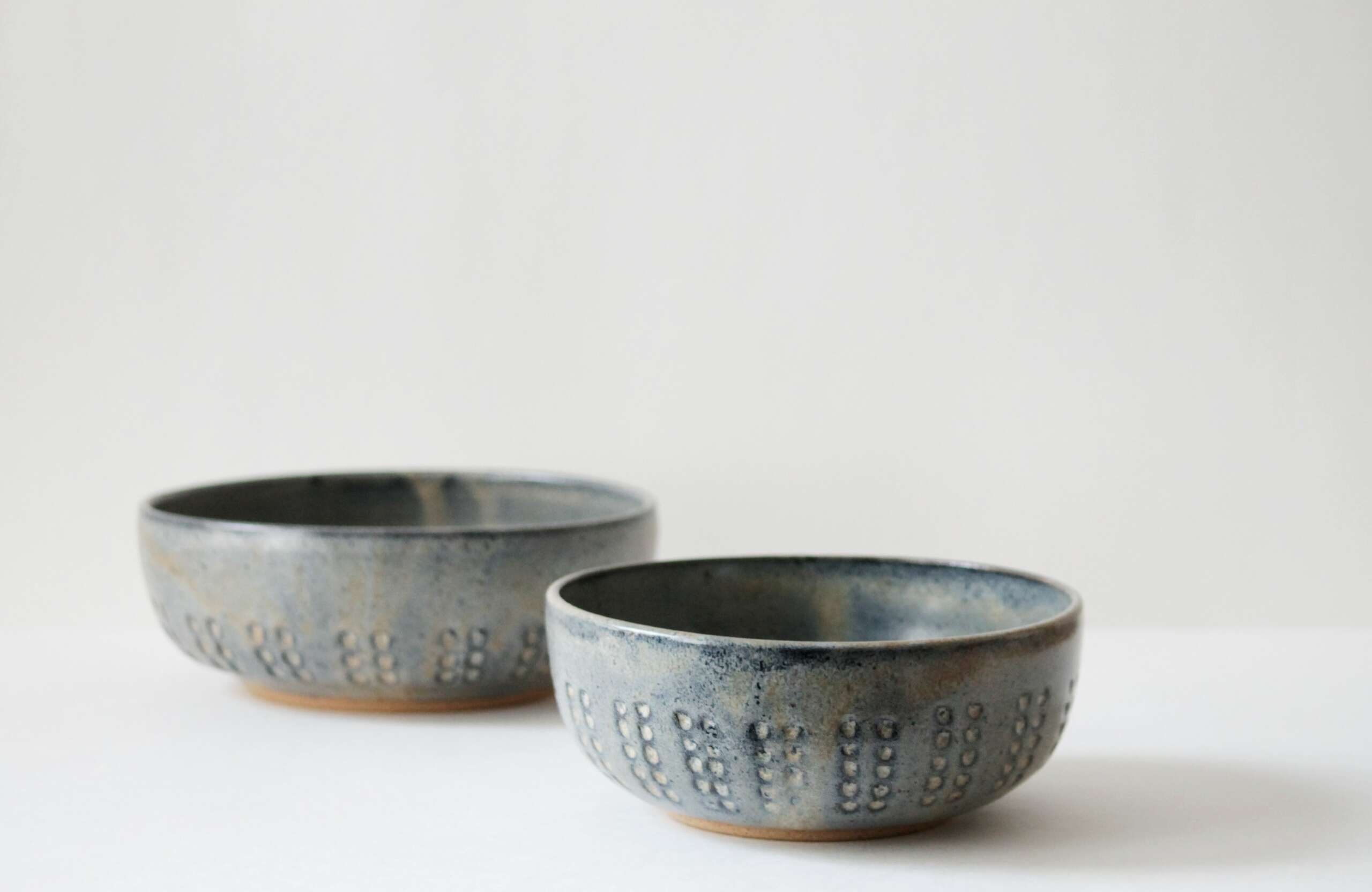
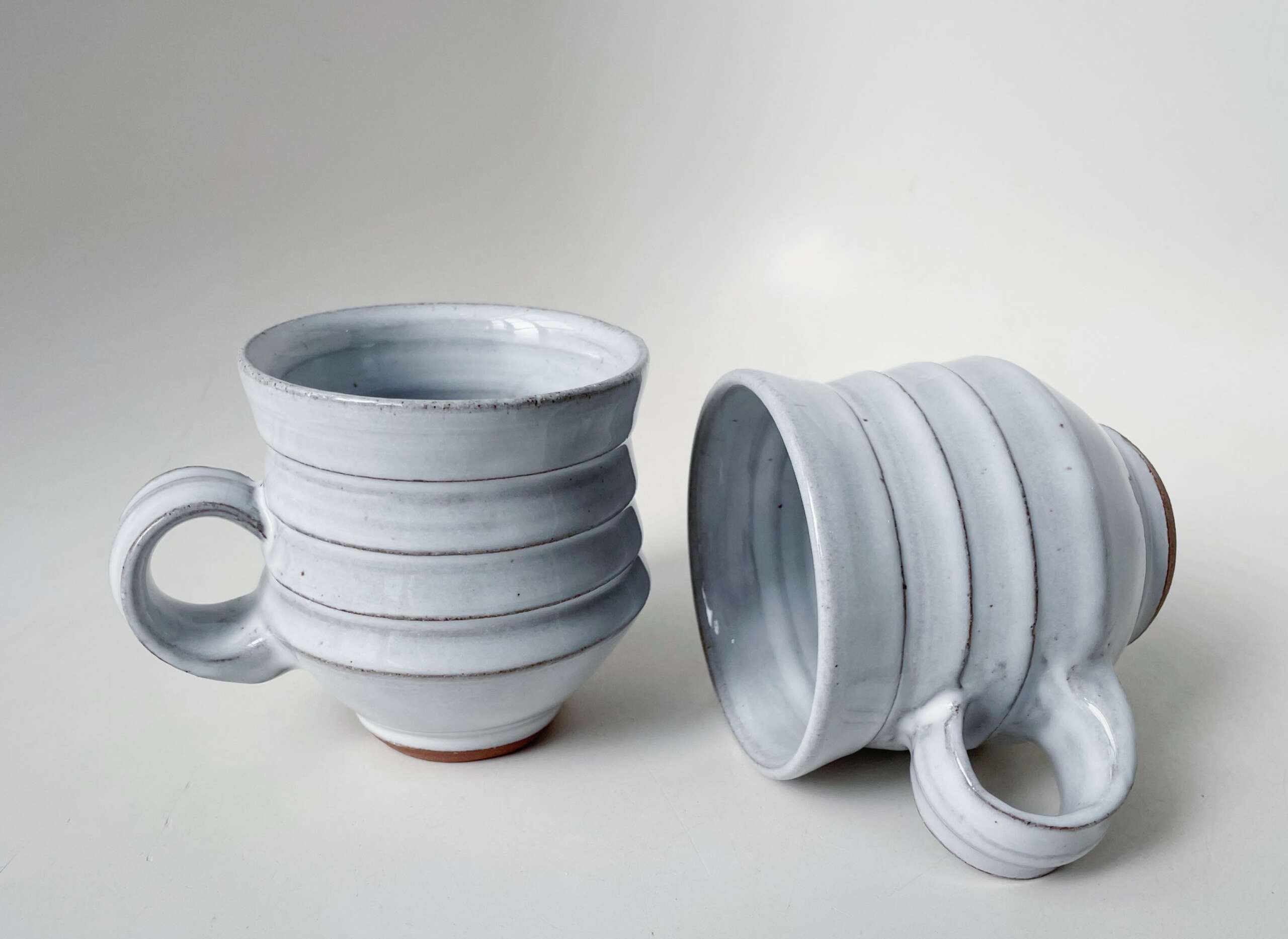
Have any books or other resources had a big impact on you?
I recently read “Bird by Bird” by Anne Lamott. This is a pretty well-known book, but I only came across it recently, and while its focus is on how to become a better writer, it is broadly applicable to how one might pursue any creative craft: steadily, day-by-day, with intention and fierce commitment. Good things do not happen simply because we have a burst of creative inspiration and go off and make a masterpiece. Rather, they must be worked at and tinkered with on a regular basis and in an intentional way. We must make ourselves sit down at our desks each day and write (or in my case, sit down at my wheel and throw). What this has meant for me in practical terms is that even when there are times that I do not feel inspired in my craft or in my business, it is important for me to find some way to engage with it so that I can keep my creative muscles conditioned and growing. Finding ways to stay committed to my craft even through moments of proverbial writers block will always reward me eventually with a breakthrough on the other side. The unpleasant parts, when new ideas do not work, or when learning a new skill is slow and painful, are worth it when, after a long period of toiling and tweaking, I finally land on the other side with something that I can be proud of. That sense of elation and accomplishment has always been worth it. Some days this means that all I do in my studio is recycle clay and tidy up my shelf. Other days it means throwing simple cylinders over and over and over again. These are small acts, but by immersing myself in the creative space and staying engaged, even in small ways, I am building up equity towards that breakthrough moment when the creativity strikes and I land on that “ah ha!” moment.
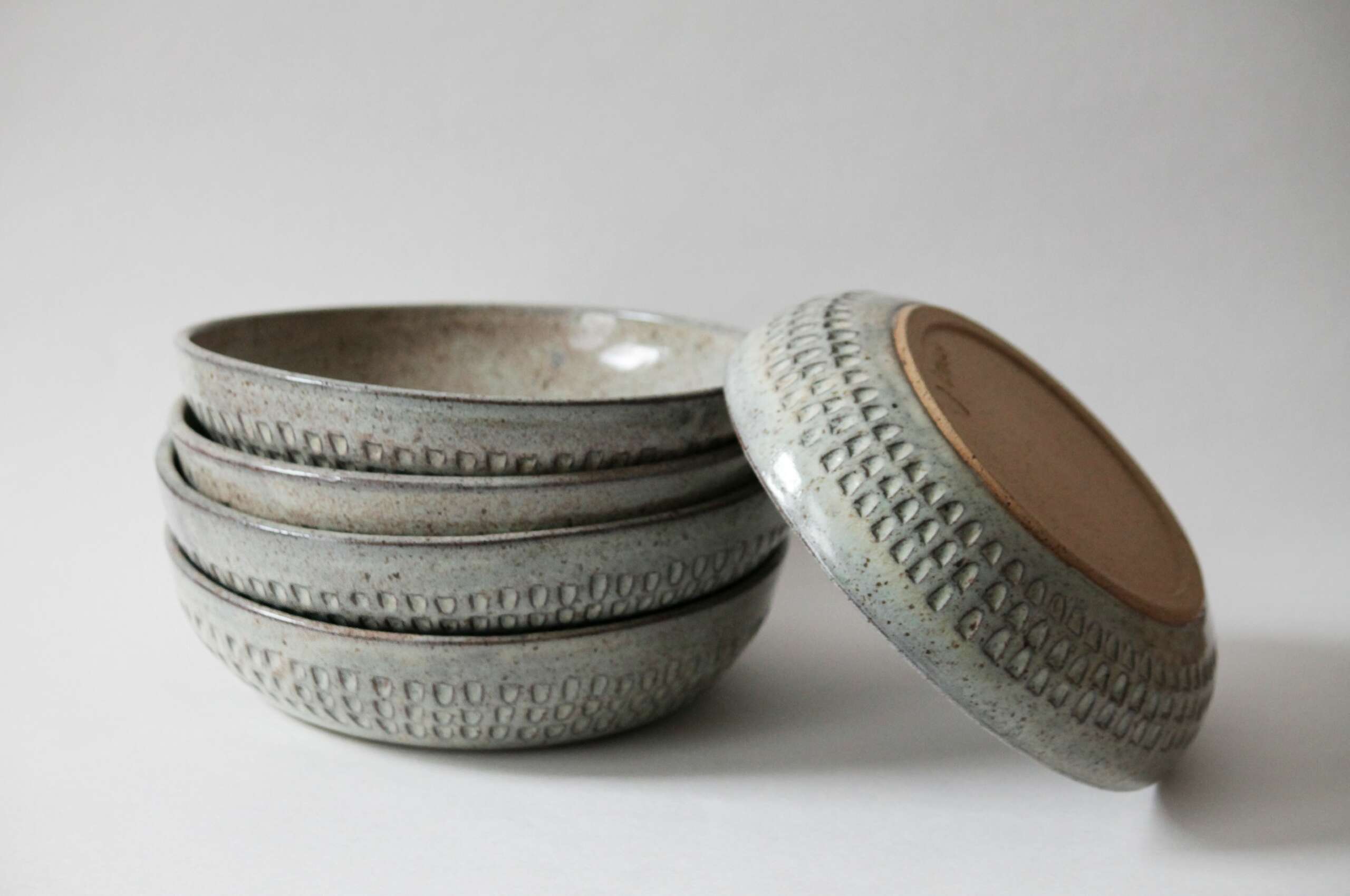
In your view, what can society to do to best support artists, creatives and a thriving creative ecosystem?
Pay creatives what they are worth. In an age where we can so easily access cheaply made goods, it can be a hard sell to pay a premium for something made by hand. And in a difficult economy, I can certainly understand the necessity of spending wisely. The fact of the matter is that, in my case, handmade pottery is not a requirement. It is absolutely a luxury. But it is, in my view, a luxury that is 100% worth the investment. The quality that you receive when you purchase something that is made locally, or in small batches, or by hand, is often unmatched. And the relationship that is conveyed between a maker and a product’s end user veers a bit into the sacred. Think about it — a mug touches your lips on a daily basis, and my hands crafted that mug every step of the way. So every time you take a sip, we are in communion with each other, at least a little bit. That’s a relationship that I take quite seriously, and it’s why I make sure that the rims on my cups are beveled, so that they fit comfortably between your lips. It’s why I take great care when crafting a handle, so that it sits comfortably around your fingers and makes the job of lifting the cup of hot liquid that much easier. It’s why I choose textures for my pots that invite you to fidget and fuss — so that as you run your fingers over them, you might feel a little calmer in the midst of your morning rush. These details seem small, but they are the difference between a carefully considered handmade object and a mass-produced one. I believe society should value these considerations, and that they should adequately compensate the people who make them possible.
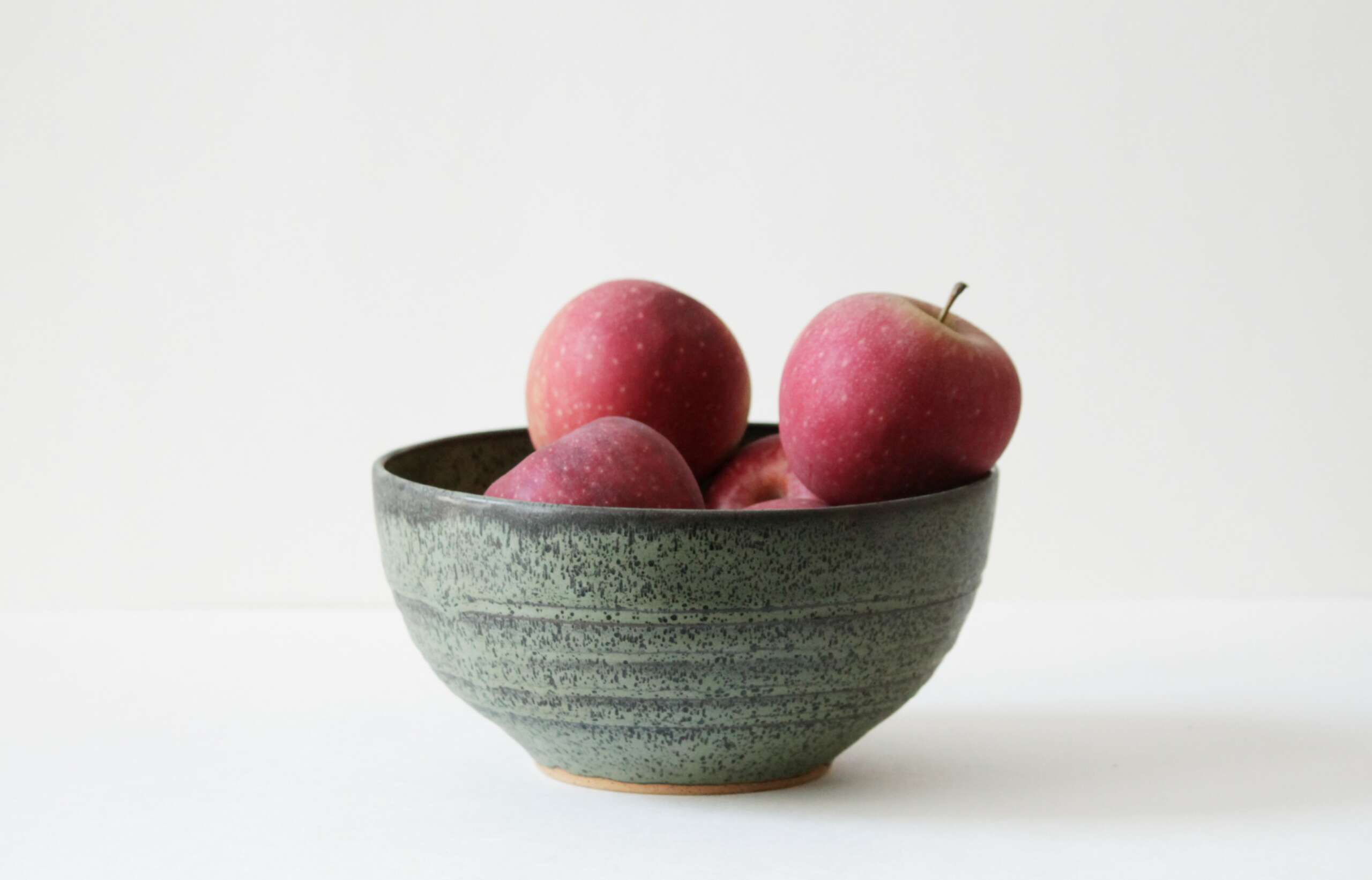
Contact Info:
- Website: camilleatthewheel.com
- Instagram: @camilleatthewheel
Image Credits
Personal photo credit: Sarah Flotard Pottery photo credits: Camille Beckles Pottery photo credits for “action shot” of Camille making a pot on the wheel: Öykü Çakar-Smith


